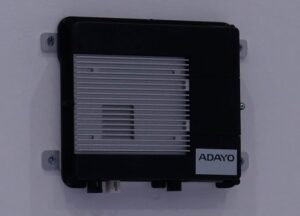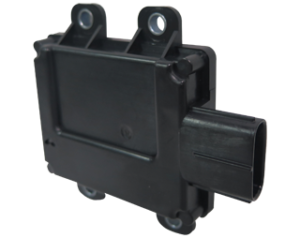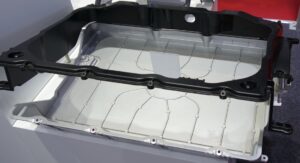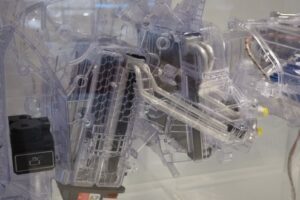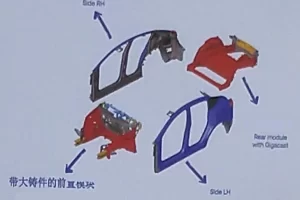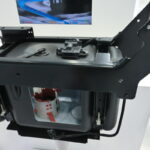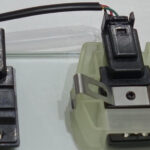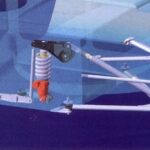
Vehicle electrics and electronics are becoming increasingly comprehensive due to the growing number of sensors and actuators, driver assistance systems, and additional control units. This leads to an increasing complexity of communication control in vehicle networks, which require guaranteed low latency and higher bandwidths. At the same time as the complexity of the electrical/electronic architecture (E/E architecture) in vehicles is growing, so is the potential for cyber attacks on vehicle networks.
One of the most commonly used data transmission protocols is the CAN protocol (CAN bus), which was developed in the 1980s. The latest variant CAN XL allows higher data transmission rates and also a scalable user data length, which makes it possible to include additional safety information. A new standard (CiA613-1 and 2) was developed by CAN in Automation (CiA) to extend the CAN XL protocol with security functions (CANsec). This protects against unauthorized access and ensures the integrity and authenticity of the origin as well as the confidentiality of data in CAN-based networks.
Building on this, the Fraunhofer Institute for Photonic Microsystems IPMS developed the CANsec Controller IP Core CAN-SEC. This can be used directly between the host processor and a CAN-XL IP core. Marcus Pietzsch, leader of the IP Cores and ASIC Design group at Fraunhofer IPMS, explains, “The new CAN-SEC IP core builds the CANsec structure in the buffers of the CAN-XL core directly before the frame is sent or directly after it is received. It can be used together with the CAN controller IP core of Fraunhofer IPMS as well as with IP cores of other manufacturers and, like all other IP cores of Fraunhofer IPMS, can be used platform-independently in all FPGAs and foundry technologies.


